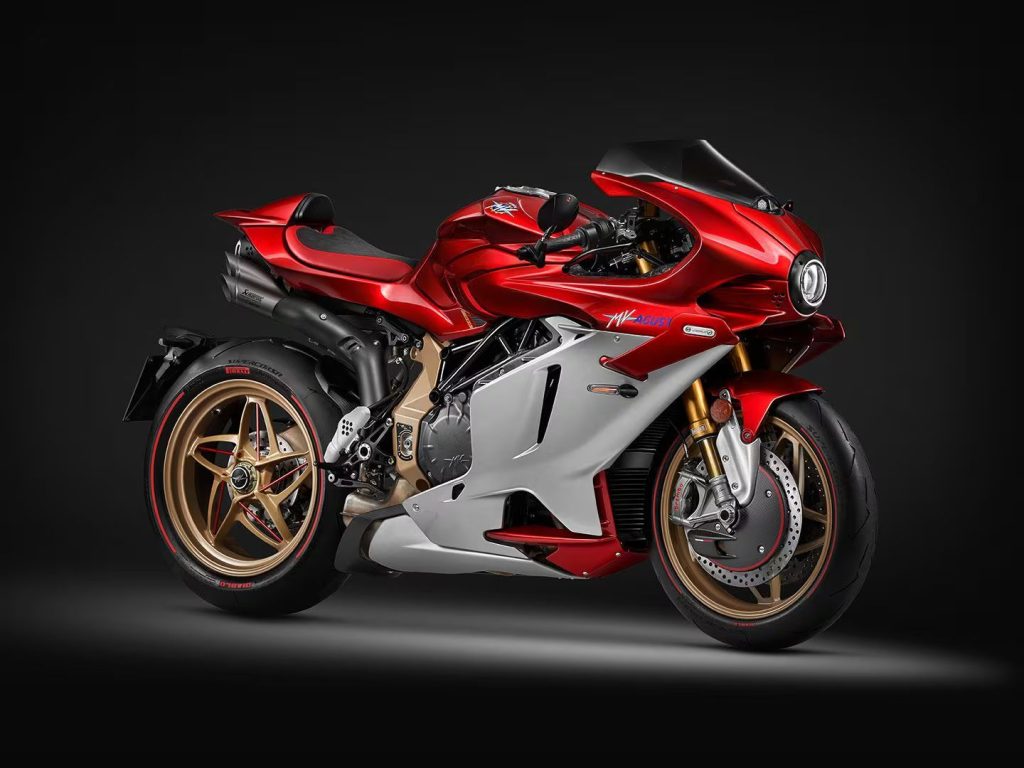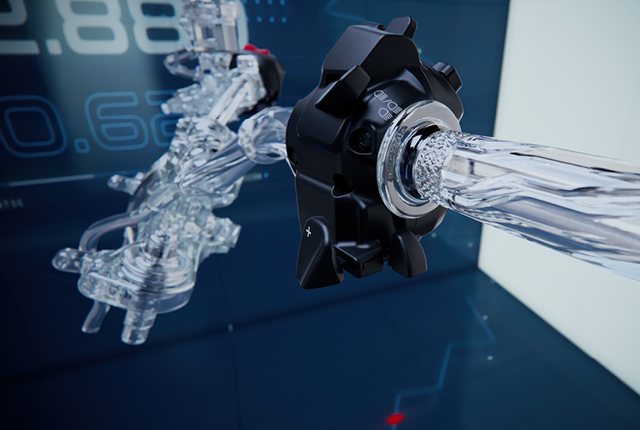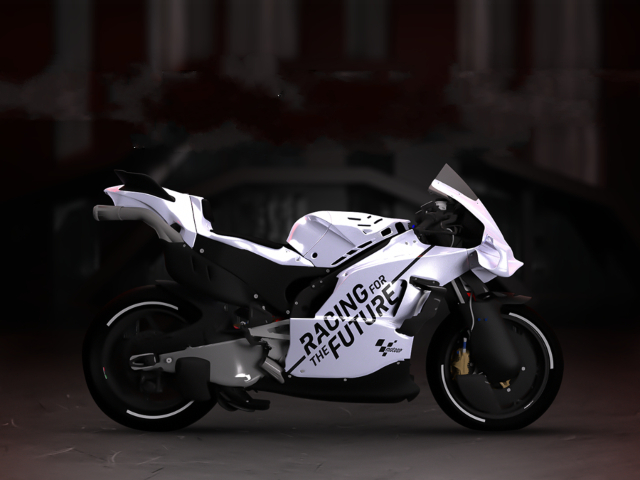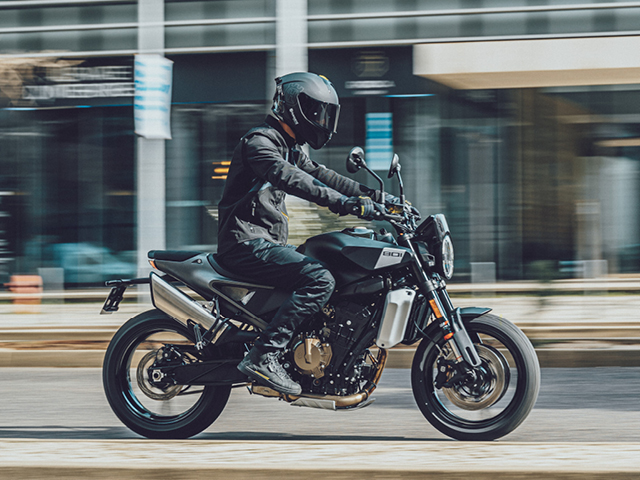The jaw-dropping MV Agusta Superveloce 1000 Serie Oro has been unveiled.

Best Bikes in India | No.1 Two Wheeler Magazine
The jaw-dropping MV Agusta Superveloce 1000 Serie Oro has been unveiled.


Manual transmissions are already a rarity among cars, and motorcycles are headed that way too. In addition to Honda’s DCT and E-Clutch systems, both KTM and BMW have recently teased semi-automatic transmissions, and the latest to join is Yamaha.
[Read more…] about Yamaha showcases Automated Manual Transmission for Motorcycles
The new 2027 MotoGP technical regulations confirm new engines, cleaner fuel, lesser aerodynamics and more
[Read more…] about MotoGP Will Be a Whole Lot Different In 2027
The new Husqvarna Svartpilen 801 is here, rolling on cast alloy wheels and dropping all pretence of being even remotely an off-roader (Svartpilen 701 came with spoke wheels). The only passing nod to off-road ability are the Pirelli MT60 RS tyres it comes shod with. The Ducati Scrambler Icon also gets the same tyres and it is quite evident the Husky has the Duc in its crosshairs.
[Read more…] about 2024 Husqvarna Svartpilen 801 Drops All Pretence of Being an Off-roader
Michelin join Antin and Enviro in construction of the first end-of-life tyre-recycling plant in Sweden.
[Read more…] about Michelin, Antin and Enviro Announce Tyre-recycling Plant